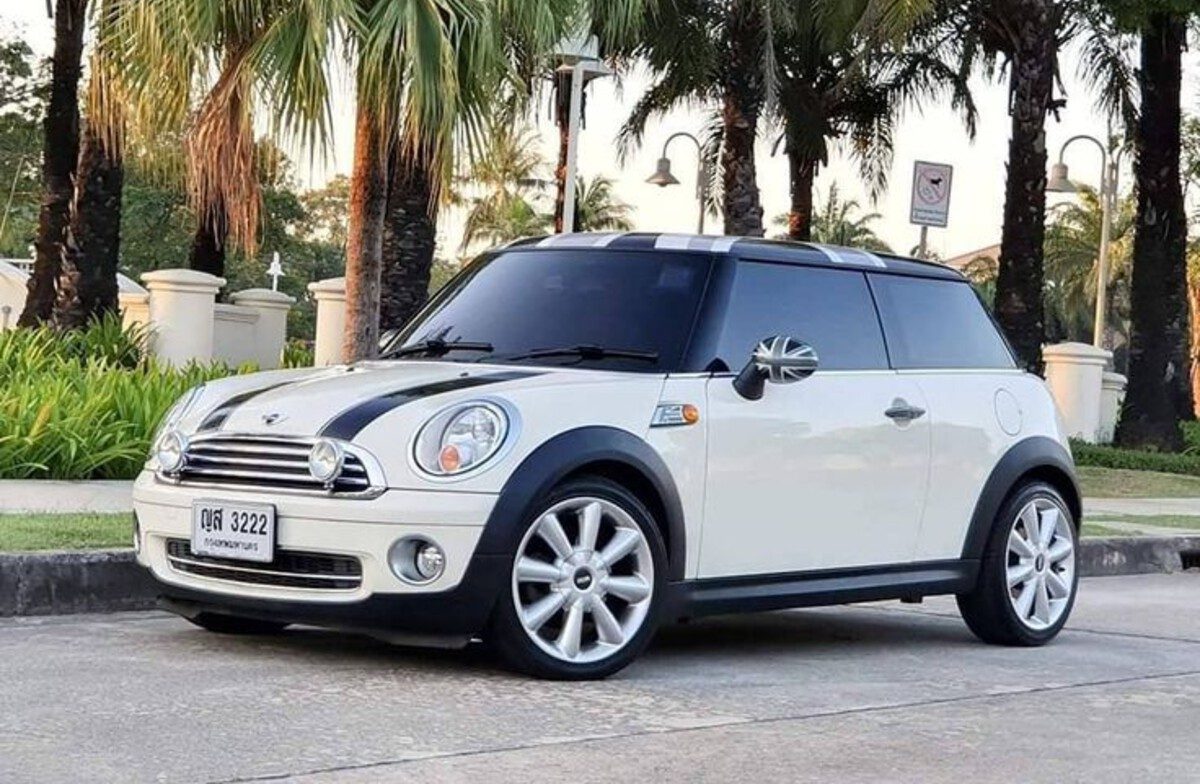There’s nothing like stepping into a cool, air-conditioned car on a blazing summer day—unless your A/C system has other plans. For millions of drivers, summer heat brings more than discomfort; it brings costly A/C repairs, blown compressors, refrigerant leaks, or worse, a completely dead system when you need it most.
Not all vehicles are created equal when it comes to keeping their cool, and over time, some models have built reputations—either for long-lasting climate control or for consistently failing when the temperatures rise.
In this breakdown, we’re taking a look at both extremes. First, we highlight five cars known for A/C systems that just don’t quit. These vehicles resist common problems like leaking evaporators, clutch failure, or compressor burnout, even after a decade or more on the road.
They’re the ones mechanics rarely see in the shop for climate control issues, and owners praise for still blowing ice-cold air at 200,000 miles.
Then we turn to the troublemakers—five vehicles notorious for A/C breakdowns, especially during summer months. From weak compressors to hard-to-reach parts, these cars will test your patience (and your sweat tolerance).
If you care about staying cool without spending thousands, this guide will help steer you in the right direction—or away from the wrong one.
Also Read: 5 Subarus That Run Forever vs 5 With Notorious Head Gasket Issues
5 Cars With A/C Systems That Last a Lifetime
An air conditioning system might not seem like a priority—until it fails in the middle of summer. For most drivers, a working A/C is considered a basic requirement, not a luxury.
But while nearly every modern car comes with climate control, not every system is engineered to last. Over time, the components—compressors, evaporators, condensers, and control modules—can wear out, leak, or seize. That’s when the bills start piling up.
Fortunately, there are vehicles that defy the odds. Some cars just seem to have bulletproof A/C systems that keep on working, year after year, through extreme weather and high mileage.
These aren’t just lucky cases—they’re the result of smart engineering, high-quality parts, and designs that are easy to maintain and resist wear.
Why focus on cars with great A/C systems? Because fixing a failed one can cost anywhere from ₹20,000 to over ₹1,00,000, especially if it involves labor-heavy jobs like replacing the evaporator core inside the dashboard.
For long-term owners and those in hot climates, avoiding that expense altogether can be a major relief—both physically and financially.
The five cars we’re about to highlight aren’t perfect in every way, but they’re all widely known for one thing: their A/C systems are durable, dependable, and rarely discussed because they simply don’t fail.
They’ve been praised by mechanics, fleet managers, and longtime owners for keeping their cool, even when other vehicles tap out. Let’s break down the five top performers that have earned a reputation for ice-cold air—and zero trips to the A/C shop.
1. Toyota Corolla (2009–2019)
The Toyota Corolla from 2009 to 2019 is a poster child for no-nonsense reliability, and that includes its air conditioning system.
Whether you’re commuting through sweltering traffic or parked under the midday sun, the Corolla’s A/C system is one of the most dependable in the compact car segment.
In fact, it’s so reliable that many mechanics say they rarely see a Corolla in the shop for climate control issues—even after a decade of hard use.
Part of this success lies in Toyota’s simple, overbuilt design philosophy. The Corolla’s A/C system uses tried-and-tested components: durable compressors, leak-resistant rubber lines, and condensers that stand up to debris and corrosion.
Unlike some competitors that integrated A/C components with over-complicated dual-zone electronics or fragile actuators, Toyota kept it straightforward—and it shows in the real-world results.
Owners routinely report that their Corollas still blow ice-cold air at 150,000 miles or more, with no major service ever required.
There are very few reports of compressor failure or refrigerant leaks, even in hot climates like Arizona, Texas, or southern India, where cooling systems are under extreme stress.
Many used Corolla owners remark that the A/C “just works,” year after year, with only minor upkeep like cabin air filter replacements or occasional recharges (and even those are rare).
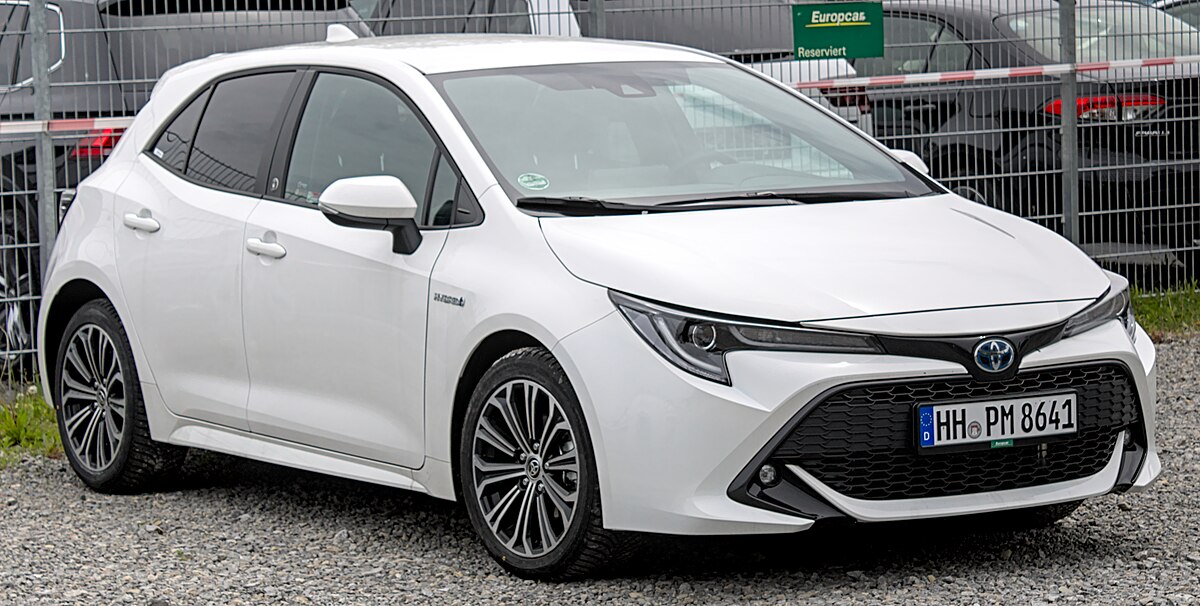
The blower motor and interior climate controls are also robust. You won’t find yourself dealing with jammed dials, weak fans, or unresponsive controls—issues that often plague cheaper cars or those loaded with gimmicky touch-panel HVAC systems.
The Corolla’s climate system is refreshingly analog in earlier years, and logically laid out in later models, making it easy to use and long-lasting.
From a serviceability standpoint, Toyota made smart decisions too. Should the need for repair ever arise, the A/C components are relatively accessible, and replacement parts are widely available and affordable.
Simply put, the 2009–2019 Toyota Corolla nails the formula for dependable cooling: keep it simple, use proven parts, and design it to withstand abuse.
For drivers who live in hot regions or want to avoid midsummer repair bills, the Corolla delivers frosty air, year after year—making it a top pick in this category.
2. Honda Accord (2008–2017)
The 2008–2017 Honda Accord is known for its smooth ride, solid build quality, and impressive longevity—and that extends to its air conditioning system.
While some sedans in this class begin to suffer cooling issues after a few summers, the Accord stands tall with a climate system that holds strong well into high mileage territory.
Owners and mechanics alike frequently highlight this generation’s A/C reliability as one of its underrated strengths.
One of the key reasons the Accord’s air conditioning lasts is Honda’s use of high-quality, well-matched components. The compressor, often a weak link in other vehicles, is remarkably durable here.
It doesn’t over-cycle or struggle under load, and rarely falls victim to premature clutch or bearing failures. Even in hotter climates where A/C systems are pushed to their limits, these components hold up impressively well.
The refrigerant lines, expansion valves, and condensers are also built to last. Leaks are rare, and when issues do arise, it’s often due to external damage rather than internal failure.
The evaporator core—typically buried deep behind the dashboard in most vehicles—is less prone to leaks or corrosion in the Accord, sparing owners from invasive and expensive repairs.
In terms of interior performance, the Accord’s climate control system is fast-acting and effective.
The blower motor delivers strong airflow, and the system cools the cabin quickly, even in larger trims like the EX-L with leather seating and sunroofs that typically trap more heat. Whether you’re running a base model or a fully loaded version, the cooling performance remains consistently strong.
Longtime owners often report never needing A/C work even past the 150,000-mile mark—something not many midsize sedans can claim. A quick recharge or cabin air filter swap is usually all that’s required to keep the system in peak condition.
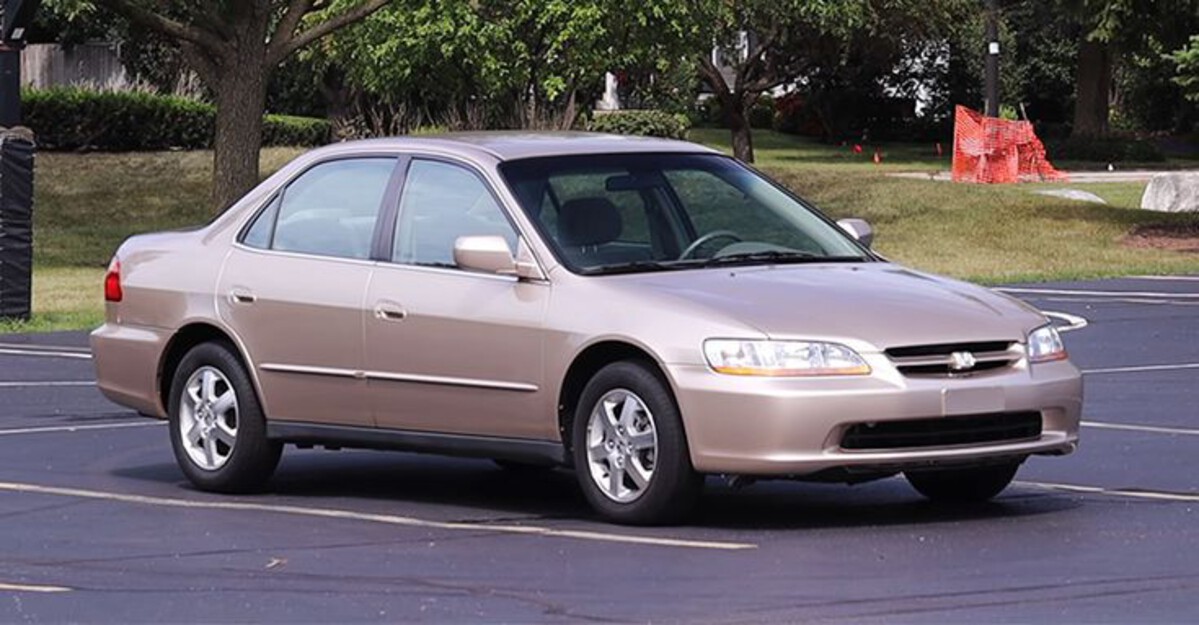
And should anything ever go wrong, Honda’s reputation for logical layout and accessibility makes repairs easier and cheaper than on more cramped or complicated competitors.
Parts are widely available, and many independent mechanics are well-versed in Honda systems, keeping labor costs low.
For anyone in need of a dependable midsize sedan that can beat the heat year after year, the 2008–2017 Honda Accord offers a winning combination of engineering, practicality, and cool comfort that truly lasts.
3. Lexus ES (2013–2018)
The 2013–2018 Lexus ES blends quiet luxury with Toyota’s legendary reliability, making it a top-tier pick for those who want a smooth ride with minimal maintenance. But one area where this model particularly shines is its air conditioning system.
In a segment where luxury vehicles often suffer from overly complex HVAC designs that lead to expensive repairs, the ES stands apart with a cooling system that’s built to last—and does so with remarkable consistency.
This generation of the ES—both the ES 350 with the V6 engine and the ES 300h hybrid—uses a dual-zone climate control setup that’s smartly engineered for long-term durability.
The system employs a scroll-type Denso compressor, widely regarded for its efficiency and long lifespan. It’s resistant to internal wear and rarely suffers from the clutch or coil issues that plague cheaper units in rival vehicles.
Owners frequently note that the system continues to blow cold even after accumulating 150,000 or 200,000 miles, with little more than routine maintenance required.
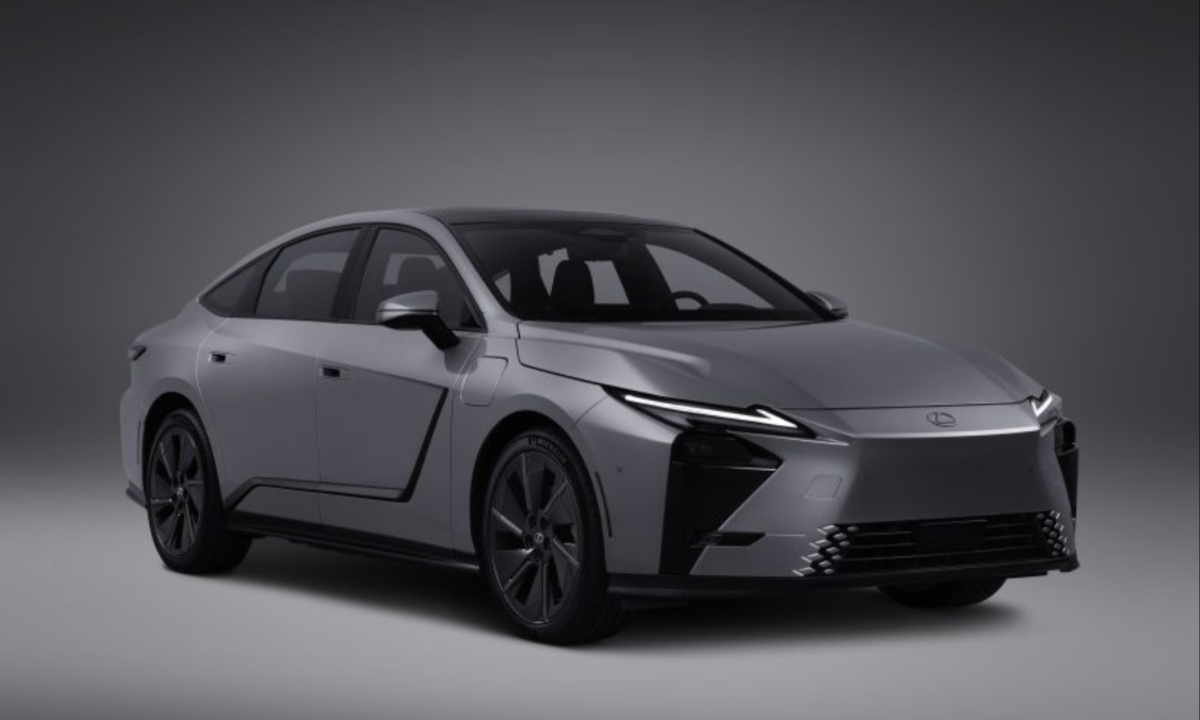
What also sets the ES apart is its high-quality interior components. The actuators that control airflow and temperature are smooth and precise, and they rarely fail or make the dreaded ticking sounds that signal a broken blend door.
The system’s logic is also top-notch—it rarely needs recalibration and doesn’t suffer from the erratic cooling behavior that affects some European models.
On the hybrid ES 300h, the electric A/C compressor used to maintain cooling when the engine is off (like at a stoplight) is equally impressive. It holds up extremely well over time and helps the vehicle remain cool even while idling silently, which is a huge plus for city driving in hot climates.
Mechanics often report that Lexus ES models of this generation are “never in the shop for A/C problems.” When repairs are needed—typically after very high mileage—the parts are easy to source, and the system layout is logical and serviceable.
For drivers who want long-term comfort without surprises, the Lexus ES delivers an impressively worry-free A/C experience. It’s a car that doesn’t just keep you cool—it does so with the quiet, unfailing grace that defines the Lexus brand.
5. Hyundai Elantra (2011–2016)
The 2011–2016 Hyundai Elantra marked a major turning point for Hyundai—offering sleek design, solid fuel economy, and a competitive price.
But one feature that often flies under the radar is the Elantra’s remarkably dependable air conditioning system. For a compact sedan in the budget category, the Elantra punches above its weight when it comes to long-term cooling reliability.
This generation’s A/C system is built around simplicity and proven parts. Hyundai opted for a rotary-type compressor that operates quietly, cycles efficiently, and resists the kind of internal wear that causes failure in other budget-friendly models.
It’s also sized appropriately for the car’s cabin, meaning it doesn’t struggle or overwork itself in high-heat situations. Owners frequently report cold air delivery within seconds of startup—even after 8 to 10 years of use.
What really stands out, though, is the system’s resilience. Unlike other compact cars in this price range, the Elantra rarely suffers from refrigerant leaks, evaporator failures, or electronic control problems.
The blend doors and actuators are well-designed and don’t exhibit the “clicking” or jamming issues that plague many entry-level sedans.
Even in hot, dry regions where A/C systems are constantly running—like Arizona or Rajasthan—this Elantra generation keeps delivering steady, cold airflow.
Longtime owners often mention they’ve never had to recharge the refrigerant or replace a single A/C component.
When problems do crop up, it’s usually at very high mileage or after neglect (like not changing the cabin air filter), and even then, repairs are relatively inexpensive.

Hyundai’s parts are widely available, and many independent shops can service the system without needing model-specific knowledge.
The climate control interface is also user-friendly and durable. Whether equipped with manual knobs or basic digital panels, the controls hold up well over time and don’t succumb to fading displays or electrical glitches.
For anyone shopping for a dependable used compact car with strong, long-lasting A/C—especially in warm-weather markets—the 2011–2016 Hyundai Elantra is an excellent choice.
It’s a vehicle that may not grab headlines, but when the summer sun is beating down, it quietly does exactly what it’s supposed to: keep you cool, mile after mile.
5 Cars That Always Break in Summer
Few car problems are more frustrating than a failed air conditioning system in the middle of summer. You roll down the windows, crank the fan, and hope for a miracle—but all you get is warm air and a repair bill.
While any A/C system can fail eventually, some vehicles are notorious for struggling with summer heat, suffering from recurring breakdowns that return year after year like clockwork.
This list focuses on cars that, for one reason or another, have earned reputations for A/C trouble—especially when the temperatures rise. Some suffer from poor compressor designs that can’t handle frequent cycling in hot weather.
Others leak refrigerant from factory components that degrade faster than they should. And then there are the vehicles with complex electronic HVAC systems that break or glitch just when you need them most.
Many of these cars don’t just break once—they become repeat offenders. Drivers get the A/C repaired, enjoy a few months of relief, and then find themselves back at the shop the following summer. For those in hotter climates, this becomes a pattern that’s both financially and physically draining.
We’re not just listing isolated complaints here—these models have been flagged consistently by owners, independent mechanics, and service techs for years.
Whether it’s a failed evaporator buried deep in the dashboard, a faulty blend door actuator, or a weak compressor design that burns out prematurely, these vehicles often turn a routine summer drive into a sweaty, expensive ordeal.
Let’s dive into the five worst offenders—cars that are most likely to leave you hot, bothered, and begging for cool air when summer hits its peak.
1. Chevrolet Cruze (2011–2016)
The 2011–2016 Chevrolet Cruze may have promised economy and refinement in a compact package, but when it comes to the air conditioning system, it falls flat—especially in the heat of summer.
This model has become notorious among owners and mechanics alike for A/C systems that fail early, often, and in some of the most inconvenient ways.
One of the biggest culprits is the compressor. Many Cruze owners report compressor failure well before the 100,000 km mark, often accompanied by a sudden loss of cooling and loud, metallic noises.
The compressor clutch is particularly weak and prone to seizing under load, and in some cases, the entire unit fails catastrophically—leaving behind metal debris that contaminates the entire A/C system. Once this happens, a complete overhaul is usually required, including a new compressor, expansion valve, condenser, and receiver-drier.
But the problems don’t stop there. Another common issue is the thermal expansion valve, which becomes sticky or clogged due to debris or poor design, leading to erratic cooling or complete failure during high-temperature operation.
This often triggers inconsistent A/C performance—cold one day, warm the next—and is difficult to diagnose without a full system inspection.
The Cruze also suffers from weak evaporators and condenser coils that are prone to corrosion and small leaks, especially in areas with high humidity or road salt exposure.
Because the leaks are often internal or behind the dash, repairs become labor-intensive and expensive—turning what should be a simple fix into a multi-day ordeal.
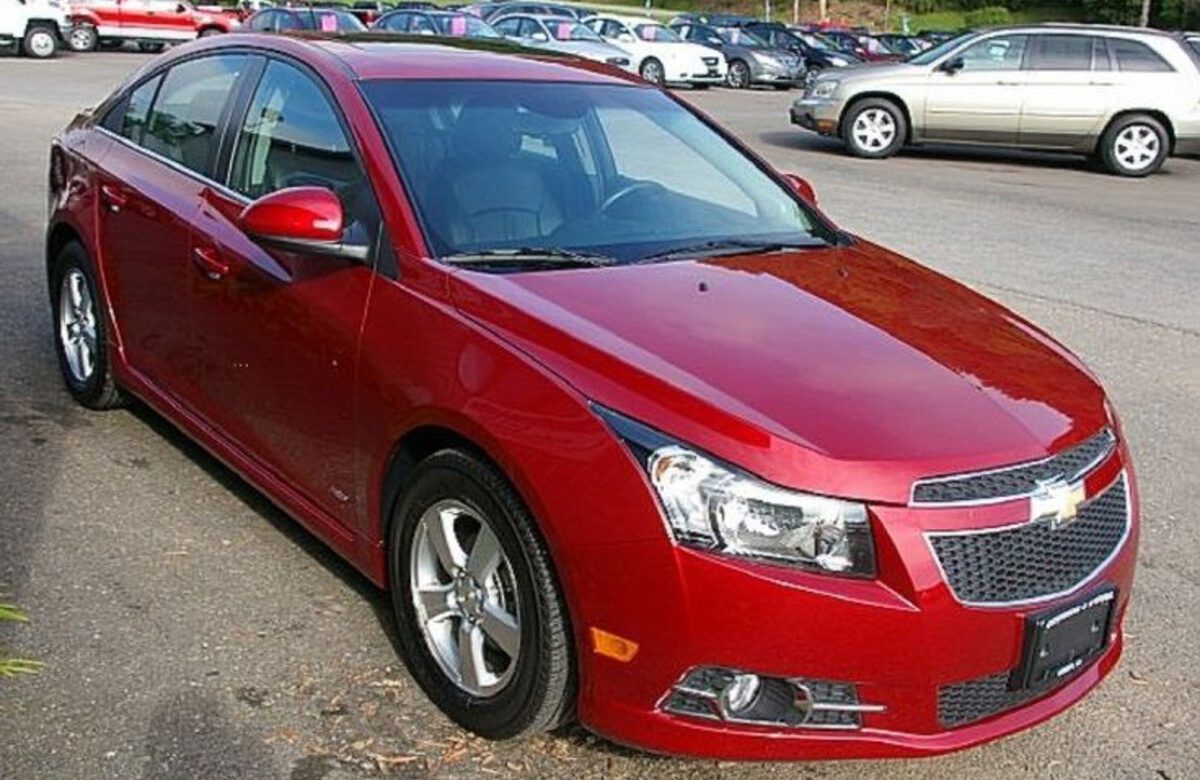
To make matters worse, the cabin air blend doors and actuators are cheaply built and frequently malfunction, resulting in air being stuck on the wrong setting, no matter how well the rest of the system is working.
Mechanics and service advisors often warn Cruze owners that A/C failures are not a matter of “if,” but “when.” Drivers in hot climates frequently experience multiple failures, even after expensive repairs, and replacement parts don’t always hold up long-term.
If you’re looking at a used Cruze and live anywhere with a real summer, expect to spend serious time—and money—just to stay cool. This compact Chevy’s A/C system is a consistent underperformer, and it’s earned its spot on this list the hard way.
2. Nissan Altima (2013–2018)
The 2013–2018 Nissan Altima is a sleek, fuel-efficient midsize sedan with a comfortable interior and spacious cabin.
But when it comes to staying cool during the summer, this generation of Altima has gained an unwelcome reputation for air conditioning systems that just don’t hold up—especially in hotter climates.
While it might deliver a smooth ride, that’s little comfort when your A/C gives out just as the temperature soars.
The root of the problem lies in the underperforming and failure-prone A/C compressor. Many Altima owners report the system gradually losing its cooling strength, only to fail completely when outside temperatures climb past 30°C.
The compressor’s internal seals and clutch assembly tend to degrade over time, and because it’s a variable displacement design, it often fails partially before completely dying—leading to frustrating intermittent cooling.
Another major complaint revolves around the condenser unit, which is unusually vulnerable to damage from road debris and corrosion.
Once a leak starts—even a small one—the refrigerant escapes slowly over weeks or months, degrading performance without setting off any dashboard warnings.
Many owners report topping up refrigerant only to have it leak out again, sometimes due to hairline cracks in the condenser that are nearly impossible to spot without a dye test.
The Altima’s internal climate control electronics also pose issues. The blend door actuators—responsible for directing airflow and controlling temperature—are prone to sticking, clicking, or failing outright.
This results in air blowing from the wrong vents, temperature fluctuations, or complete loss of cold air. Worse yet, repairs can require partial dash disassembly, especially when accessing the main blend door motor.
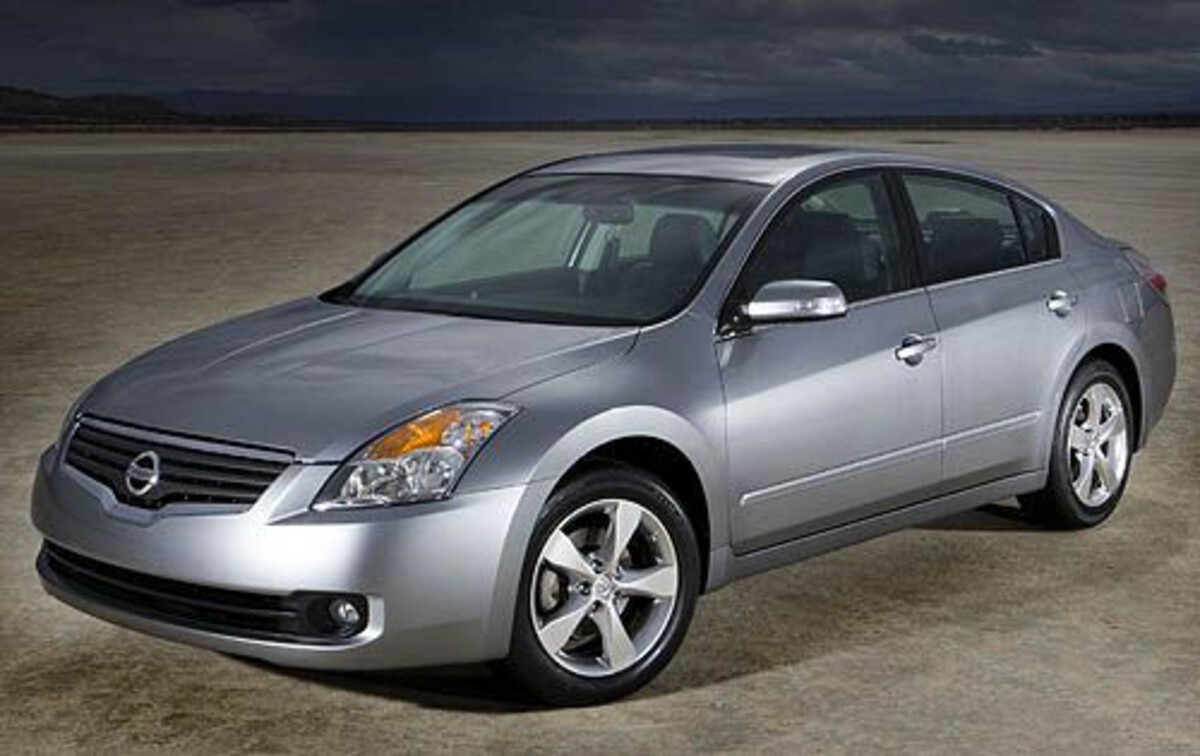
Altima forums and service centers are filled with stories of A/C systems dying in the peak of summer, often with repeated failures after repair. Nissan’s cost-cutting approach to components during this period clearly took its toll on long-term durability.
For those living in regions with regular heatwaves or year-round sun, the Altima becomes more of a gamble than a guarantee.
While it may be comfortable and efficient, too many owners have found themselves sweating behind the wheel—making it one of the most disappointing performers in summer A/C reliability.
3. Ford Focus (2012–2018)
The 2012–2018 Ford Focus was designed to be a global compact car for modern drivers—stylish, efficient, and packed with tech.
But beneath the sharp exterior lies one of the most problematic A/C systems in its class, especially when summer rolls around. For many owners, the Focus doesn’t just lose its cool—it does so repeatedly, unpredictably, and expensively.
One of the core issues is a weak and failure-prone compressor design. Reports of compressors seizing, failing to engage, or simply blowing warm air on hot days are common across owner forums and repair shops.
Even when the compressor seems to function, it often underperforms, delivering barely tolerable cooling that doesn’t hold up during peak heat hours.
The clutch mechanism tends to fail early, while some models have reported internal pressure control valve issues that are difficult to diagnose without specialty tools.
Beyond the compressor, the Focus suffers from chronic evaporator core leaks. Hidden deep within the dashboard, the evaporator is difficult and costly to replace.
A small leak can cause cooling performance to taper off over weeks, often leading to expensive repairs that can cost over ₹80,000 when labor is included. Unfortunately, these leaks tend to happen within the first 5–7 years of ownership—far earlier than expected.
The electronic climate control systems, especially in SE and Titanium trims with digital controls, are also prone to glitches.
Owners have reported unresponsive buttons, sensors misreading cabin temperatures, and random air distribution errors.
This often leads to air blowing from the wrong vents or temperatures that fluctuate wildly—especially when the system is under heavy load in hot weather.

Further complicating matters, some Focus models suffer from electrical grounding issues that interfere with A/C clutch operation. This can cause the compressor to shut off intermittently, sometimes for minutes at a time, making cooling inconsistent and unreliable.
All of this creates a car that frequently loses its A/C just when you need it most—under load, in traffic, during extreme heat. It’s no surprise that “Focus A/C not working” remains one of the most commonly searched terms related to this car.
For a vehicle positioned as a smart, urban-friendly compact, the Ford Focus’s A/C system is a clear weak spot—and a recurring summer headache for too many of its owners.
4. Dodge Charger (2011–2019)
The 2011–2019 Dodge Charger offers bold styling, rear-wheel-drive fun, and a muscular driving experience—even in base trims. But while it might have plenty of power to beat the heat on the road, it struggles mightily to keep the cabin cool when it matters most.
Among full-size sedans, the Charger is one of the most commonly cited for recurring air conditioning problems, particularly as temperatures rise during the summer months.
A primary failure point is the A/C compressor. Though it’s designed for high-output cooling, especially in the larger 3.6L and 5.7L V8 models, it’s also known for premature failure.
Many owners report compressor clutch issues, poor cycling, or outright seizure—often before 100,000 miles. To make matters worse, Dodge’s replacement parts haven’t always proven to be more reliable, with some drivers reporting failures just a year or two after initial repairs.
Another recurring issue involves the blend door actuators inside the HVAC box. These small motors control airflow and temperature balance between the driver and passenger sides, and they’re prone to failure or becoming stuck.
This leads to one side blowing hot air while the other attempts to cool—or worse, the entire cabin blowing warm air regardless of settings.
Fixing the blend doors often requires removing large portions of the dashboard, turning what should be a minor repair into a labor-intensive nightmare.
Additionally, many Charger models suffer from refrigerant leaks due to faulty condenser fittings or hairline cracks in the evaporator core.
These leaks are often slow and hard to detect, meaning the A/C system may work fine in spring but begin to lose efficiency just as summer heat ramps up.
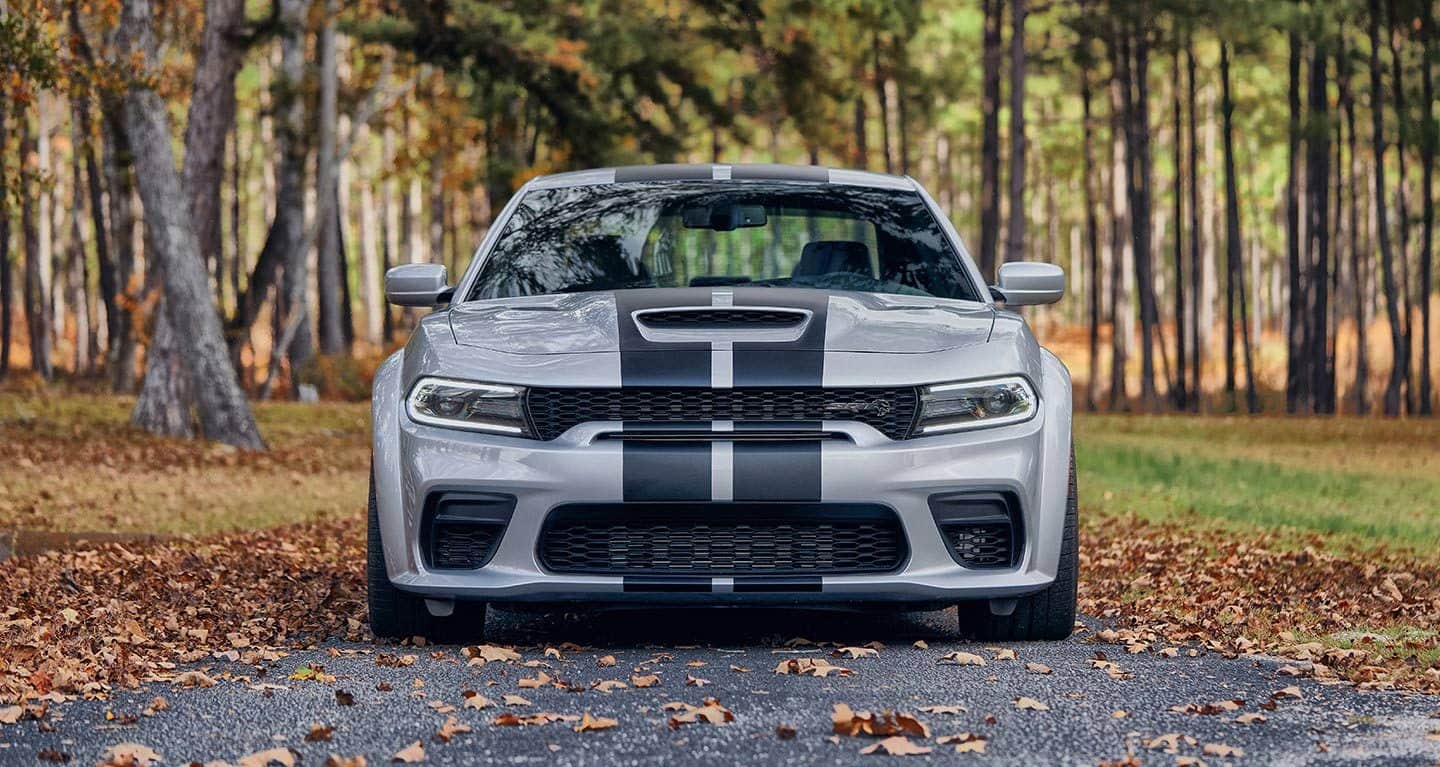
The dual-zone climate control system—standard on most trims—is another weak point. The electronic sensors and controllers can be unreliable, especially in older or high-mileage models, and many drivers find themselves resetting the system or replacing sensors regularly just to maintain proper function.
Mechanics know the pattern: Charger rolls in around late May, A/C isn’t blowing cold, and it’s déjà vu for the owner.
Despite being a large, capable sedan with performance cred, the 2011–2019 Charger too often leaves its drivers sweating behind the wheel when it should be delivering comfort and control.
5. Mini Cooper (2007–2015)
The 2007–2015 Mini Cooper may be beloved for its retro charm, go-kart handling, and distinctive styling, but its reliability record—particularly when it comes to air conditioning—is a different story altogether.
Among small cars, the Mini Cooper stands out as one of the most frustrating and failure-prone when the summer heat arrives.
One of the Mini’s most notorious weak points is its undersized and failure-prone A/C compressor. Designed compactly to fit the Mini’s tight engine bay, the compressor is known for failing early, particularly when run in high ambient temperatures for extended periods.
Owners frequently report the compressor clutch burning out or the internal seals leaking refrigerant.
Worse yet, because of the cramped layout under the hood, replacing the compressor is unusually labor-intensive, often requiring removal of multiple components just to access it.
Adding to the problem, the evaporator core is also known to develop leaks—sometimes in vehicles with as little as 60,000 miles.
Since the evaporator is buried deep inside the dash, replacement can easily exceed ₹1,00,000 in parts and labor. It’s not uncommon for owners to defer or decline the repair entirely due to cost, especially on older Minis.
The electronic controls don’t fare much better. Many Mini Coopers of this era use early versions of digital climate control modules that tend to glitch or fail entirely.
Common symptoms include fans that won’t blow, incorrect temperature regulation, or the inability to switch between defrost, floor, and dash vents. When these issues appear, they’re rarely isolated—often indicating multiple failing components in the system.
Another recurring issue is the cooling fan, which is essential in regulating refrigerant pressure in stop-and-go traffic.
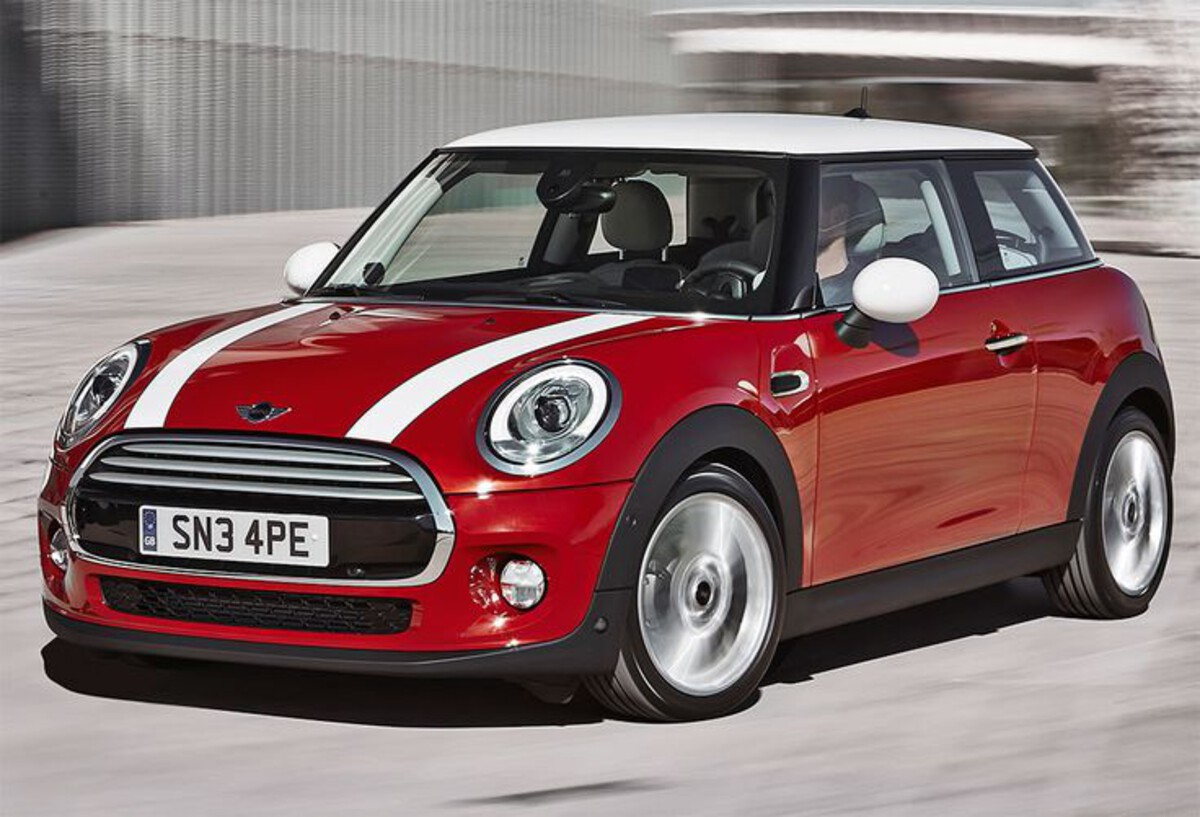
When the fan malfunctions—which is common on these Minis—the system overheats, shuts off the A/C, and blows hot air until the engine cools. This is especially problematic in urban summer driving.
Ask any experienced mechanic, and they’ll tell you: A/C repairs on a Mini are expensive, frequent, and often not worth the trouble unless you’re deeply committed to the car.
For all its character, the Mini Cooper’s air conditioning is a consistent source of frustration—one that leaves too many owners hot, bothered, and regretting their purchase when summer arrives.
When it comes to summer driving, the value of a reliable air conditioning system can’t be overstated. It’s not just about comfort—it’s about keeping your daily routine bearable, your passengers happy, and your vehicle practical during the hottest months of the year.
As we’ve seen, not all cars are created equal in this department. Some models are designed with durable, long-lasting climate systems that just work, year after year. Others, unfortunately, are built with components that can’t handle the heat—literally.
The five cars known for long-lasting A/C performance—Toyota Corolla, Honda Accord, Lexus ES, Subaru Forester, and Hyundai Elantra—stand out for their simplicity, smart engineering, and proven reliability.
These vehicles don’t just cool efficiently; they do it without frequent breakdowns or costly repairs. Whether you’re facing daily commutes in a tropical climate or long road trips under the sun, these models provide peace of mind by keeping things cool under pressure.
They don’t show up in the repair bays for A/C work often, and when they do, fixes are affordable and straightforward.
In contrast, vehicles like the Chevrolet Cruze, Nissan Altima, Ford Focus, Dodge Charger, and Mini Cooper are infamous for doing the opposite. Their A/C systems are often over-engineered, underbuilt, or simply prone to failure in hot weather.
Some suffer from weak compressors, others from poor electronic controls or costly, labor-intensive designs that turn simple problems into financial headaches. In these vehicles, A/C isn’t a dependable feature—it’s a recurring expense.
Understanding which vehicles offer cooling you can count on—and which ones are likely to leave you sweating—is critical for long-term ownership satisfaction.
If you live in a region with long, hot summers, your air conditioning system becomes one of the most important components of your vehicle. And when it fails repeatedly, it’s more than just uncomfortable—it’s costly, disruptive, and, in some cases, dangerous.
So whether you’re shopping used or evaluating your current ride, take the A/C system seriously.
The difference between “ice cold and effortless” versus “blowing hot air and heading to the shop” could be a single model-year decision—and it’s one that can define your summer driving for years to come.
Also Read: 5 Manual Cars That Never Need a Clutch and 5 With Nightmare Repairs

